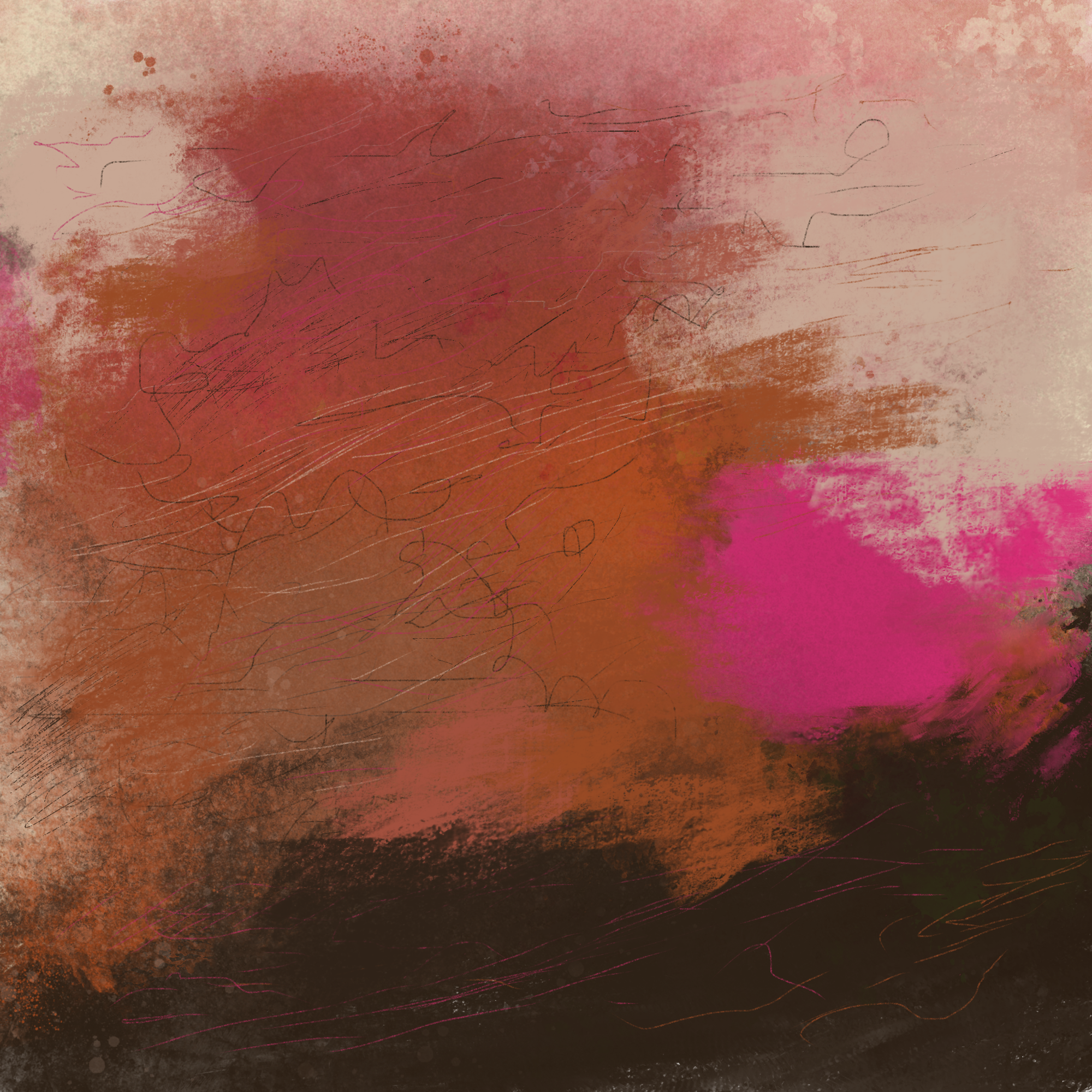The glossy glass slabs most of us now have with us in pockets and bags — the ubiquitous relative supercomputers that we mostly take for granted — are not inherently the most expressive artistic tools. “Phones”, in a short number of years, have supplanted the regular tools or at least augmented the structure of many creative practices.
I have no real urge to get into how technology has shaped art and the lives of artists over the last few decades. It’s a deep topic of discussion and study but my interest is more homely.
I’ve always had an fascination in computers and technology and given my age I have seen the fairly radical transformation from the first rudimentary home computer I used to this boring glass miracle I am typing this on right now.
I have been a working designer for over 30 years now so computers have been a necessary and powerful day-to-day part of that work.
But over the last few years, when I finish a day of work, I have no real urge to sit back down at that same computer to make art. I would rather tear paper, scribble with pencils, and smear paint with a palette knife. The physical and the mental feel more connected for me that way and the forms and format of what I make can be fluid.
But there is a “space” between sitting at the office desk and sitting at the studio table. It’s this dull magnificent phone.
As much as my childhood sci-fi loving mind wants to rave about one of the only aspects of our lives that vaguely matches The Future — phones are just mundane. But because phones are so banally present, they also provide an input/output for creation and communication when admittedly better modes aren’t available or have too much friction attached to them.
So… excuse the long preamble.
Sometimes I “paint” on my phone.

The obvious freedom of digital painting/drawing is the disconnection from the real world clashes of tools and media and also the chance to work in a scale-less way with a theoretically infinite canvas.
The first of these is more true. Working digitally means instantly flipping between a pin-sharp graphite line, a viscous oil paint smudge, or a feathery watercolour blending brush. The screen canvas will take them all evenly and without the turf wars between oil and water or the tedium of drying times. Plus there are myriad stackable and sortable layers — a palimpsest where all marks are available to be resurfaced or removed.
And then of course there is undo. To apply that stroke of colour or twist that line of contour and then a moment later think better of it and reverse like it was never there. It’s another of those things we live with now and generally think nothing of. The “power” to edit and re-edit in the moment. It’s a blessing and a curse.
But for all of this stacked functionality, my digital art tends towards the rudimentary. I mostly don’t use layers and while I certainly use undo, I also favour just rambling ahead making my marks without correction.



These abstract views are drawn without much scale change so I am drawing to the size of the screen and not with a more vast canvas in mind. I have also always used my fingers on the screen and not a stylus.
I should clarify that my way of working in this software (the images I’ve posted here were made in the Procreate Pocket app) eschewing layers and many of the more complex features isn’t a stance or a remark on how other artists use these tools. I’m just “digitally lazy” which is in line with how I work with physical media.
Many of the phone drawings I make start and even end as colour and motion studies. This is true of my physical drawings as well. I like to just scribble and scrub and see where that dynamic goes.




Sometimes in making these motion abstractions, the sense of water or clouds comes through — occasionally the abstractions even reveal themselves as landscapes.



There is a series that came from these abstractions where I began to focus more intently on capturing water, waves, shorelines, wind through grass, in a more specific but still impressionist way — far more readily seen as landscape — but I’ll save those for another post.
…
One final note. You might notice that the titles of some of the drawings above have the word “morning” or hint at waking. For a short stretch, I tried out using this finger painting practice like a visual “morning pages” exercise. I think it would have been more valuable as a physical habit but one of the simple benefits of the phone studio is that it’s right there and requires no setup to engage with. So while a glowing screen isn’t what I would optimally choose for an expressive, therapeutic, or meditative tool, its simple presence allows me to make something when I might not otherwise.
✌️ – Davin
